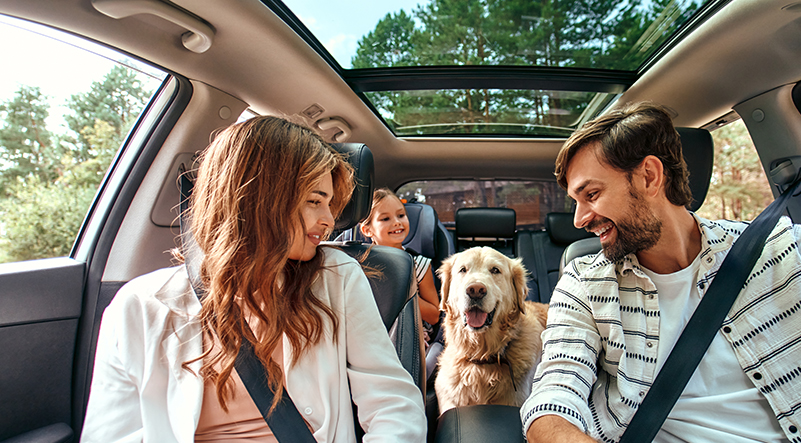 As we the weather warms up and we start to plan our upcoming summer holidays, there is that extra family member that we need to consider, our pets. Should you leave your pet at a boarding facility, arrange a pet sitter, or even bring them along with you?
As we the weather warms up and we start to plan our upcoming summer holidays, there is that extra family member that we need to consider, our pets. Should you leave your pet at a boarding facility, arrange a pet sitter, or even bring them along with you?
Whichever option you decide this holiday period, there are a few basic must-do’s before you begin your holiday:
• Vaccinations – Ensure your pet is up-to-date with their vaccination. Boarding facilities request that your dog has had a Kennel Cough vaccine at least two weeks prior to their stay.
• Heartworm prevention – Monthly preventatives or even a Proheart heartworm injection that lasts 12 months is a great idea.
• Flea and tick prevention – Apply / administer flea and tick preventatives at least two weeks before you travel, especially if you are going into known paralysis tick regions. Remember to reapply at correct intervals.
• Microchip details – Just in case your pet decides to escape or take a holiday of its own, ensure that their microchip details are up-to-date. Make sure your pet is wearing a collar and ID tag that includes your mobile phone numbers.

Research your destination
When planning your holiday, learn about your destination and accommodation. Check that your accommodation includes secure fencing and search for access to dog-friendly areas such as beaches, parks and walking tracks. Don’t forget to read local council regulations and make sure you have the contact details of the closest vet should your pet require medical attention. Make yourself familiar with the local hazards, especially paralysis ticks and known snake regions.
Travelling in the car
Get your pet ready for car travel well in advance. If your pet is anxious during car rides, it is best to be prepared. If your pet is drooling, panting, yawning or trembling they may be uncomfortable. Start with very short trips, praising them when they show calm, relaxed behaviour.
As they improve, progress to longer trips. If you have a pet who dislikes car trips, you can get them used to the car environment by feeding them treats or their meals near the car while it is parked – make it fun and slowly but surely build them up to the travel experience. Praise them when they show calm, relaxed behaviour.
Other tips include:
• Not feeding your pet for approximately 4-6 hours prior to travel (water is fine).
• Plan regular, short breaks for your pet to get out of the car, ensure they have fresh water.
• Ensure there is plenty of fresh air (open the windows or an air vent).
• Remember that pets have sensitive hearing, so limit loud music while travelling.
• Talk to your vet if you feel your pet would benefit from calming medications. This will need a trial run before you head off on your holiday, so prepare this well in advance.
Travel safety
Restrain your pet in the car. Unrestrained pets are distracting to the driver and are a potentially dangerous projectile if the car suddenly swerves, stops, or is involved in an accident.
Cats or small dogs should be placed in a secure carrier and seat belt harnesses used for medium or large breed dogs.
Place animals on the back seat or cargo area if you have a wagon, never the front passenger’s seat due to airbags.
Pets shouldn’t be allowed to stick their head out of the window due to the risk of injury especially to their eyes.
Happy travels.

